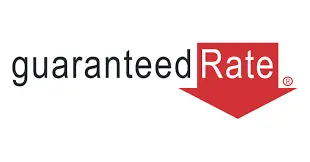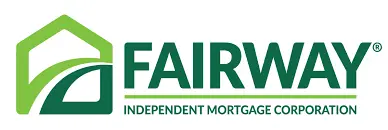Are 30-year fixed mortgage rates going down?
Yes, mortgage rates are forecasted to trend down through 2024. Mortgage rates this year have been experiencing some drops, though rates in April rose again past 7%. Despite this, there is still positive outlook on rates movement as the year continues.
Our experts predict that, barring an unexpected increase in inflation, the Federal Reserve could make several rate cuts throughout 2024. In response, mortgage rates should go down. This is good news for potential homebuyers looking to purchase in what has been the least affordable housing market since the 1980s.
While current 30-year mortgage rates aren’t exceptionally high from a historical perspective, they can be hard to deal with — especially when combined with a housing market affected by inventory shortages, high home prices and lower affordability.
 30-year fixed-rate refinance trends
30-year fixed-rate refinance trends
Refinance rates are usually slightly more expensive than purchase rates, but the two tend to move roughly in tandem. In today’s rates environment, you can expect about a 26-basis-point difference between what you’ll pay to refinance versus purchase. (That said, on a $400,000 loan that’s likely only going to affect your monthly payment by about $69, so it shouldn’t be a huge concern.)











